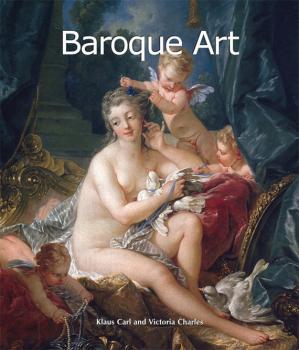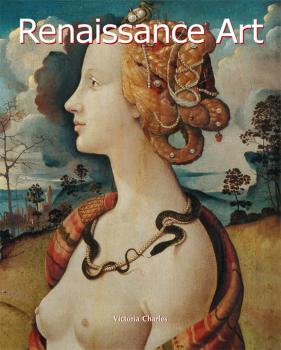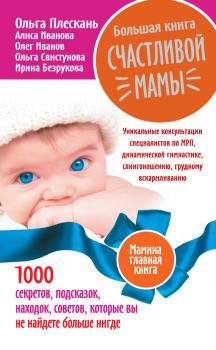MREADZ.COM - много разных книг на любой вкус
Скачивание или чтение онлайн электронных книг.Муравьиный царь
Когда люди любят друг друга, но не могут быть вместе, они меняются. Любовь срастается с болью, и обе пронизывают каждый день, каждую минуту их жизней. Лена и Лёня связаны навсегда, но у Лены – семья, а Лёня считается пропавшим без вести. Мир, в котором они живут, опрокинут в страшную сказку: в нем старики перестают умирать, и дети вынуждены сдавать их в страшные «геронтозории» среди лесов и болот… неужели пропавшему без вести Лёне удастся воскреснуть в непроходимых чащобах? Роман-сказка, роман-притча, эта книга – и о любви, и о том, что есть вещи поважнее любви, но не возможные без нее.
Синяя веранда (сборник)
Синяя веранда старого уютного дома, окруженного виноградниками. На веранде – смуглая женщина в белом платье: юная, сильная и страстная. Забыть это он не может. Таинственная власть Марии и всего того, что окружает ее, столь мощна, что мужчина, обреченный быть вечным бесприютным странником, скитальцем, неизменно стремится к ней из любой точки Земли, куда бы ни забросила его судьба. Он никогда не расскажет, что за его любовь к Марии двое заплатили своими жизнями, а двоих, движимый силой этой любви, он спас. Неизвестно, как сложится его жизнь дальше, но он уверен: отовсюду будет идти, лететь, ползти к заветному дому с синей верандой…
Руигат. Схватка
Четверо великих воинов планеты Земля – лейтенант НКВД, офицер СС, японский адмирал и морской пехотинец армии США, – некогда перенесенные на Киолу для защиты ее от инопланетных агрессоров, снова в строю. На этот раз им предстоит схватка не только с коварными Желтоглазыми, разрушившими процветавшую звездную колонию, но и с беспощадными местными бандами, которые пытаются установить свою власть на руинах мирной цивилизации. © Злотников Р., 2016 © ООО Издательство «АСТ», 2016 © & ℗ ООО «Аудиокнига», 2016 Продюсер аудиозаписи: Татьяна Плюта Серийное оформление – Александр Кудрявцев Иллюстрация на обложке – Андрей Липаев
Baroque Art
The Baroque period lasted from the beginning of the seventeenth century to the middle of the eighteenth century. Baroque art was artists’ response to the Catholic Church’s demand for solemn grandeur following the Council of Trent, and through its monumentality and grandiloquence it seduced the great European courts. Amongst the Baroque arts, architecture has, without doubt, left the greatest mark in Europe: the continent is dotted with magnificent Baroque churches and palaces, commissioned by patrons at the height of their power. The works of Gian Lorenzo Bernini of the Southern School and Peter Paul Rubens of the Northern School alone show the importance of this artistic period. Rich in images encompassing the arts of painting, sculpture and architecture, this work offers a complete insight into this passionate period in the history of art.
Renaissance Art
The Renaissance began at the end of the 14th century in Italy and had extended across the whole of Europe by the second half of the 16th century. The rediscovery of the splendour of ancient Greece and Rome marked the beginning of the rebirth of the arts following the break-down of the dogmatic certitude of the Middle Ages. A number of artists began to innovate in the domains of painting, sculpture, and architecture. Depicting the ideal and the actual, the sacred and the profane, the period provided a frame of reference which influenced European art over the next four centuries. Leonardo da Vinci, Michelangelo, Botticelli, Fra Angelico, Giorgione, Mantegna, Raphael, Dürer and Bruegel are among the artists who made considerable contributions to the art of the Renaissance.
Naive Art
Naive art first became popular at the end of the 19th century. Until that time, this form of expression, created by untrained artists and characterised by spontaneity and simplicity, enjoyed little recognition from professional artists and art critics. Influenced by primitive arts, naive painting is distinguished by the fluidity of its lines, vivacity, and joyful colours, as well as by its rather clean-cut, simple shapes. Naive art counts among it artists: Henri Rousseau, Séraphine de Senlis, André Bauchant, and Camille Bombois. This movement has also found adherents abroad, including such prominent artists as Joan Miró, Guido Vedovato, Niko Pirosmani, and Ivan Generalic.
Art Nouveau
Art Nouveau gives a name to the decorative and architectural style developed in the 1880s and 1890s in the West. Born in reaction to the Industrial Revolution and to the creative vacuum it left behind, Art Nouveau was at the heart of a “renaissance” in the decorative arts. The primary objective of the movement was the creation of a new aesthetic of nature through a return to the study of natural subjects. In order to achieve this, artists such as Gustav Klimt, Koloman Moser, Antoni Gaudí, Jan Toorop, and William Morris favoured innovation in technique and novelty of forms. After its triumph at the Paris Universal Exposition in 1900, the trend continued and has inspired many artists ever since. Art Deco, the successor of Art Nouveau, appeared after World War II.
Romanticism
Romanticism was a reaction against the Neoclassicism that invaded the 19th century, and marked a veritable intellectual rupture. Found in the writings of Victor Hugo and Lord Byron, amongst others, its ideas are expressed in painting by Eugène Delacroix, Caspar David Friedrich and William Blake. In sculpture, François Rude indicated the direction this new artistic freedom would take, endowing his work with a movement and expression never previously seen. By retracing the different stages of its evolution, this book offers a study of the different aspects of the Romantic movement. Thanks to a thorough and in-depth analysis, the reader can understand in its entirety this movement which revolutionised the era.
Большая книга счастливой мамы. 1000 секретов, подсказок, находок, советов, которые вы не найдете больше нигде
Как забеременеть и родить здорового ребенка, если врачи ставят диагноз «бесплодие»? Как с первых дней жизни растить малыша не знающим болезней, активным и жизнерадостным? Как обходиться без одноразовых подгузников и подружить ребенка с горшком? Как наладить грудное вскармливание и своевременно познакомить кроху со взрослой пищей? Что выбрать – слинг или коляску, и как выбрать правильный слинг? Метод распознавания плодности, удивительные тайны женского организма, динамическая гимнастика, высаживание, закаливание и использование слинга во время беременности – и еще множество секретов счастливого родительства. Все в одной книге!
Смешное
«…И на войне смешное бывает: вот, примерно, – пошли мы, пятеро, в лес за дровами, а тут ка-ак бабахнет оземь эдакая немецкая тетка! Меня бросило в ямину, засыпало землей, застукало камнями; очнулся, лежу, думаю…»









